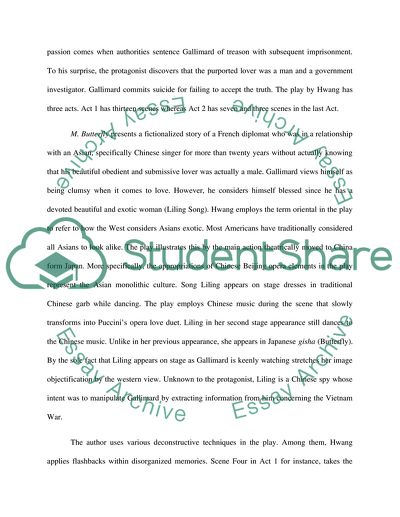Cite this document
(“The Production of M. Butterfly and the Reflection of Culture Essay - 1”, n.d.)
The Production of M. Butterfly and the Reflection of Culture Essay - 1. Retrieved from https://studentshare.org/culture/1671577-t468-asian-performance-revision-2
The Production of M. Butterfly and the Reflection of Culture Essay - 1. Retrieved from https://studentshare.org/culture/1671577-t468-asian-performance-revision-2
(The Production of M. Butterfly and the Reflection of Culture Essay - 1)
The Production of M. Butterfly and the Reflection of Culture Essay - 1. https://studentshare.org/culture/1671577-t468-asian-performance-revision-2.
The Production of M. Butterfly and the Reflection of Culture Essay - 1. https://studentshare.org/culture/1671577-t468-asian-performance-revision-2.
“The Production of M. Butterfly and the Reflection of Culture Essay - 1”, n.d. https://studentshare.org/culture/1671577-t468-asian-performance-revision-2.


